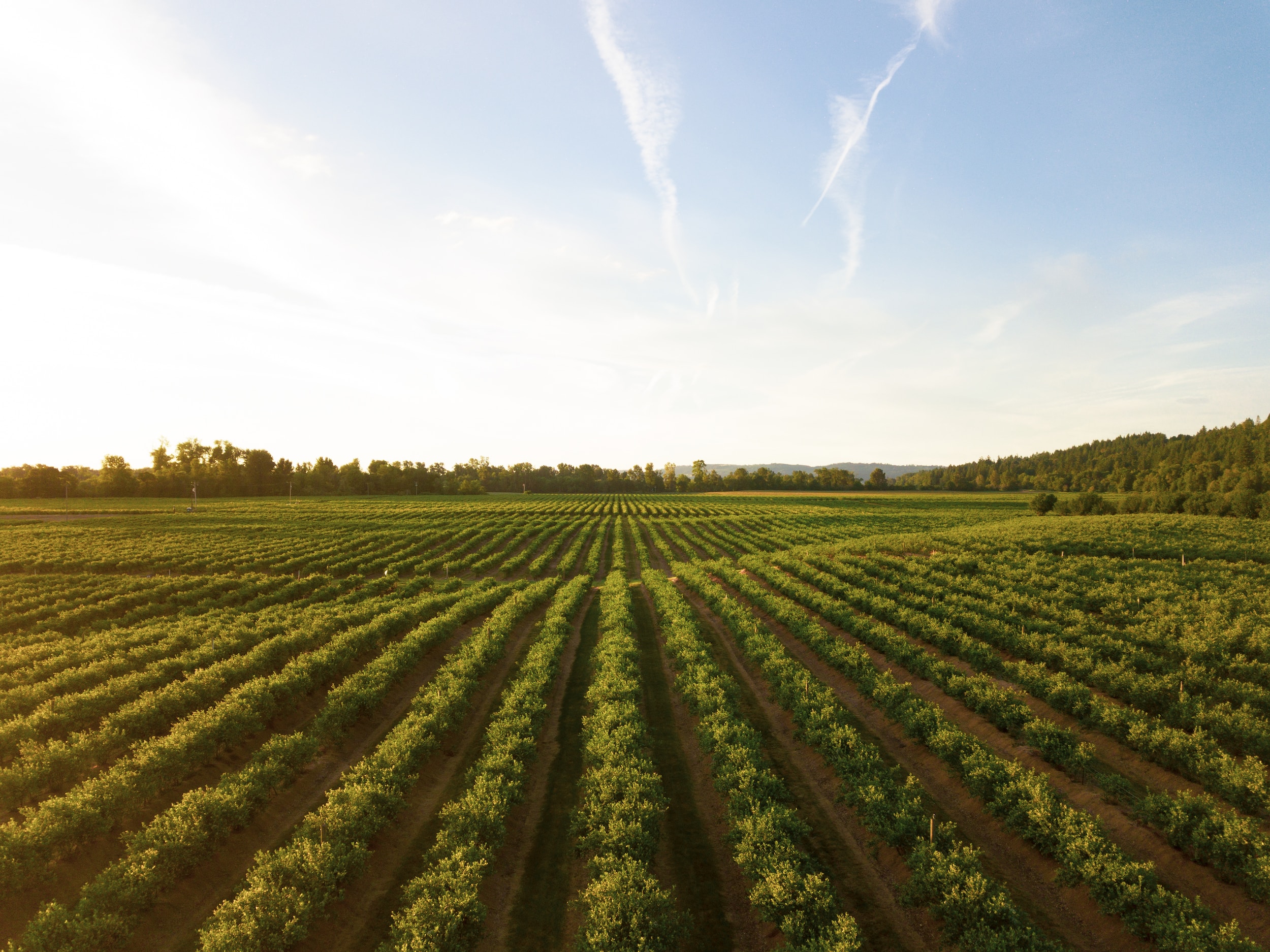What's New
October 22nd 2025
Ecology Law Quarterly Volume 52.1 Front Matter
October 22nd 2025
This Article assesses key risks to state authority that could arise from regionalization: federal jurisdiction may interfere with state clean energy policy, restrict states’ control over in-state energy resources, and preempt state law. The Article analyzes each of these risks in the context of Western regionalization and concludes that none ...
October 22nd 2025
This Article illustrates how the fragmentation of global climate harm into individual lawsuits, in which each local government seeks damages for its own mitigation and adaptation costs, could lead to a “first-sue, first-served” climate finance regime. This Article explores the benefits and risks of this litigation effort, the responsibilities of ...
October 22nd 2025
This Article explores the burgeoning fields of artificial intelligence and bioacoustics and their potential to reshape nonhuman animal law.
October 22nd 2025
This article takes a unique perspective on how the Supreme Court’s recent decision in Sackett v. EPA, which further restricted the scope of waters covered by the Clean Water Act, will impact water quantities in the arid West.
October 6th 2025
Ecology Law Quarterly Volume 51.4 Front Matter
October 6th 2025
Ecology Law Quarterly’s Annual Symposium invites and learns from voices beyond traditional environmental-legal academia: practicing lawyers, activists, policy advocates, and experts from other environmental fields. The 2024 Annual Symposium featured a host of experts and practitioners breaking down the traditional divide between “mainstream” environmentalism and the environmental movement. Our speakers ...
October 6th 2025
Ecology Law Quarterly’s 2024 Annual Symposium Introduction by Becky Hunter & Grayson Peters.
Showing 1 - 8 of 443




